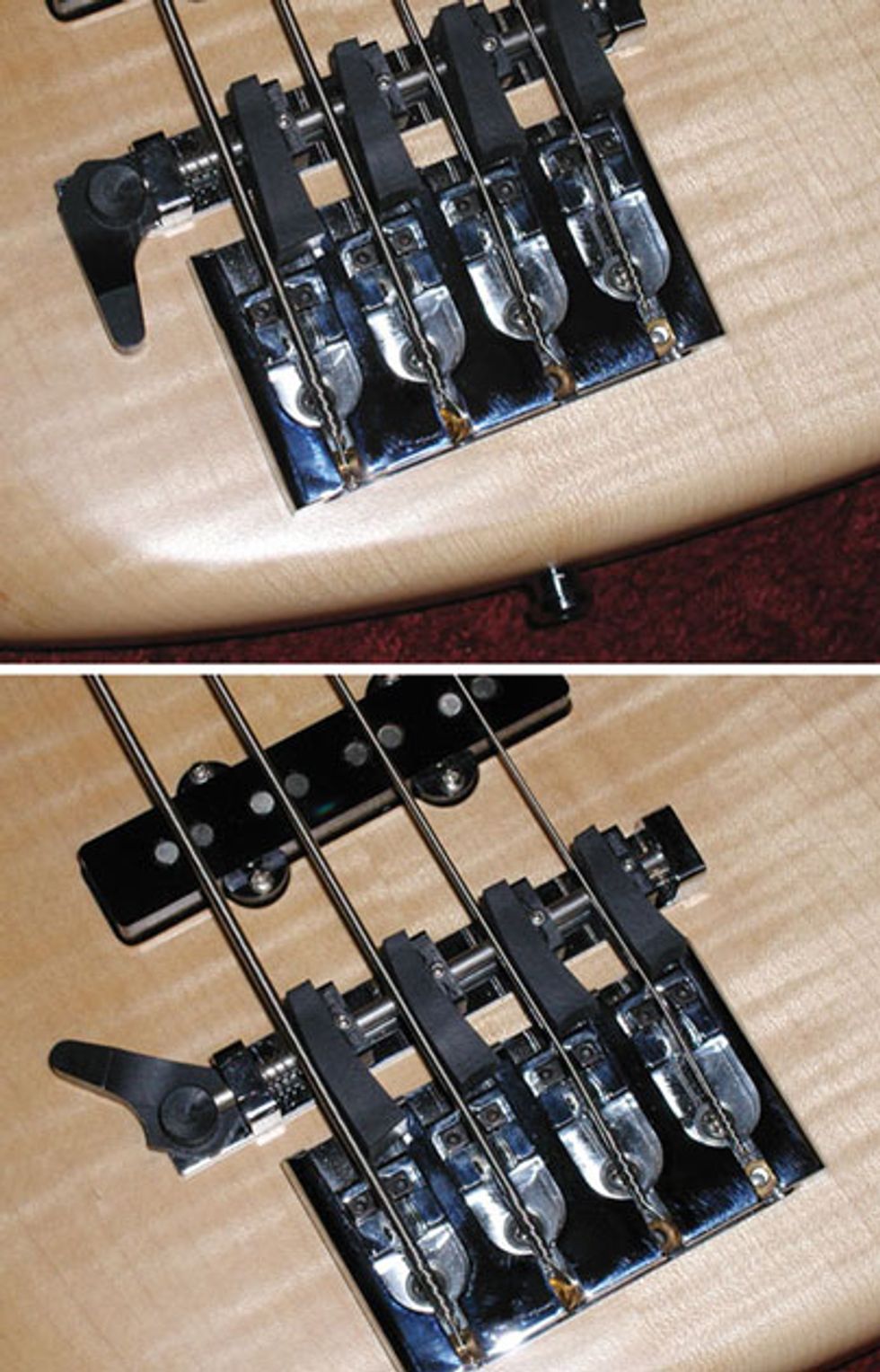Photo 1 (top) and Photo 2 (bottom) — The most technologically advanced version of a bass mute in both open
and engaged states. Photos courtesy of bassmute.com
For the last several years, an entertaining and impressive video by Michael Thurber called Story of the Bass has been getting attention in the low-end community. In this eight-minute piece of musical theater, Thurber guides us through the history of our instrument, starting with the viola da gamba. Armed with an upright and a bevy of electric basses, and supported by an able rhythm section and prop team, he demonstrates 45 classic bass riffs in an arresting, non-stop performance. If you haven’t yet seen this fun and informative video, take a break and check it out.
Besides illustrating the sonic and physical evolution of our instruments, and how these changes have affected popular music, Thurber’s video also reminded me of a technique I’d almost forgotten about: playing on thumpy, muted strings.
I’m not talking about palm-muting while playing with a plectrum or thumb, but rather the approach that relies on a permanently installed string mute. While palm-muting allows for a high degree of flexibility—you can control the amount of muting for any given note—it forces you to park your hand on or very close to the bridge. In contrast, a permanent string mute lets you generate the characteristic staccato tone of muted strings while exploring a full range of plucking-hand techniques.
Having grown up with roundwound strings, most of today’s players are on a quest for sustain and rich upper harmonics. But it wasn’t too long ago that the majority of basses came from the factory strung with flatwounds and even bass mutes hidden under those chrome ashtrays that once covered the bridge. This configuration hit its peak in the ’60s Motown era—a time that’s immediately associated with players like James Jamerson and Carol Kaye.
Originally, a bass mute wasn’t much more than a piece of foam that pressed against the string, killing all or most of its sustain and upper harmonics. The foam-only factory versions were later replaced by individual springs or steel spring clips that held a smaller piece of foam against each string.
Making a foam mute seems like an ideal DIY project: A mute offers a welcome alternative to the tone we’re used to hearing all the time, and almost any spongy foam, like the kind used to line flight cases, can be cut into a wedge shape and pressed under the strings. The ideal position is very close to the bridge with the lower and heavier strings exposed to either more pressure or a larger contact area.
Using too much pressure—especially on flatwound strings—can leave you with a percussive thud instead of any tone at all. And depending on how much muting you’re looking for, foam itself can be too much. Carol Kaye has her own “lighter” version that employs a 1 1/2" strip of felt she places on the strings and secures with masking tape. Here’s how she describes her mute: “It lays on top of the strings and kills the over- and undertones, making your bass sounds more defined.”
Of course, a foam mute has its limitations—a lack of adjustability being one of the biggest. Back in the day, enterprising designers realized that in a spring clip system, adding a simple adjustment screw to control spring pressure would let you determine the amount of muting on each string. Adjustment screws also made it possible to return to an unmuted string in a relatively short period of time. Sliding mechanisms provided another way to adjust the degree of muting. Directly attached to the bridge, these mechanisms allowed fast switching between the muted and unmuted states, but they often lacked precision when sliding into position.
A recent system that addresses these issues is the BassMute (Photos 1 and 2). Designed by Ellio Martina, it consists of an arrangement of dampeners aligned on one central axis. The BassMute puts several pre-adjustable levels of muting right at your fingertips and lets you unmute the strings with the push of a lever. It can accommodate different string spacings, work with any fretboard radius, and it requires no drilling to mount onto your bass, but as with any elaborate hardware, it also comes with a heftier price tag.
On the simple side of the technical spectrum is the recently introduced Gruv Gear Fump—a padded clip that slides onto your strings, muting them from above and below. Though it doesn’t offer any way to adjust for fretboard radius, and the only way to control the amount of dampening is by sliding the clip closer or further from the bridge, the Fump lets you quickly switch between open and muted strings.
Whether you opt for DIY foam, Carol Kaye’s felt-strip approach, or a commercial muting device, it’s worth exploring the staccato tones of the old-school masters.








![Rig Rundown: AFI [2025]](https://www.premierguitar.com/media-library/youtube.jpg?id=62064741&width=1245&height=700&quality=70&coordinates=0%2C0%2C0%2C0)












 Shop Scott's Rig
Shop Scott's Rig

![Rig Rundown: Russian Circles’ Mike Sullivan [2025]](https://www.premierguitar.com/media-library/youtube.jpg?id=62303631&width=1245&height=700&quality=70&coordinates=0%2C0%2C0%2C0)













































